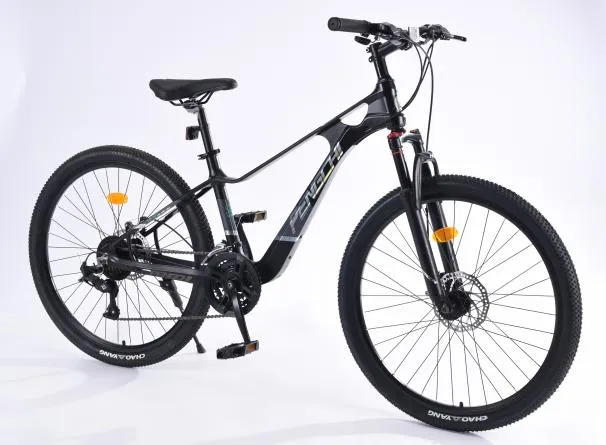Dez . 23, 2024 11:58 Back to list
measuring for children's bikes
Measuring for Children's Bikes A Comprehensive Guide
When it comes to selecting the perfect bike for your child, proper measurement is crucial. Ensuring that the bike fits well not only enhances the riding experience but also keeps your child safe. This guide will help you navigate the ins and outs of measuring for children's bikes, so you can make an informed decision that suits your child's needs.
Understanding Bike Sizes
Children's bikes are typically sized according to wheel diameter, which ranges from 12 inches to 24 inches depending on the child's age and height. It's essential to understand that each bike size corresponds to a range of heights, which varies slightly by manufacturer. Therefore, before purchasing a bike, it’s important to measure your child and check their height against the manufacturer’s size chart.
Height Measurement
To measure your child’s height accurately, have them stand straight against a wall without shoes, ensuring that their heels are touching the wall. Mark the wall at the top of their head and measure the distance from the floor to the mark. This measurement will determine the appropriate bike size.
- 12-inch bikes are best for children aged 2 to 4 years old (typically up to 3'4 tall). - 14-inch bikes are suitable for ages 4 to 6 (up to 3'8). - 16-inch bikes work well for ages 5 to 7 (up to 4'0). - 20-inch bikes are designed for ages 6 to 10 (up to 4'5). - 24-inch bikes are aimed at ages 8 to 12 (up to 4'9 or taller).
Keep in mind that these are general guidelines; individual children may fit into different sizes based on their unique body proportions.
measuring for children's bikes

Inseam Measurement
Another important measurement is the inseam, which measures the length from the ground to the crotch. This measurement helps ensure that your child can comfortably reach the ground while sitting on the bike. To measure the inseam, have your child stand with their shoes off and feet flat on the ground. Then, measure from the ground to the top of their inner thigh.
When selecting a bike, you want the inseam measurement should ideally be 1 to 2 inches shorter than the bike’s standover height. This height refers to the distance from the ground to the top tube of the bike frame. Always ensure that your child can stand over the bike with both feet touching the ground, providing stability.
Testing the Fit
Once you’ve selected a few potential bikes based on size, it’s time to test the fit. Have your child sit on the bike and check the following
1. Seat Height The seat should be adjusted so that your child can reach the pedals comfortably while keeping a slight bend in their knees. 2. Reach to the Handlebars Your child should be able to reach the handlebars without straining, maintaining a relaxed position. 3. Balance Ensure they can balance on the bike by having them put their feet on the ground while still on the seat.
Conclusion
Measuring for a child's bike goes beyond simply picking a size; it involves understanding your child's height, inseam, and overall comfort on the bike. Properly fitting a bike will not only enhance your child’s biking experience but will also promote confidence and safety on their rides. Remember, it’s always a good idea to consult an expert, like a local bike shop, for additional guidance. With the right measurements and careful consideration, your child will be well-equipped to enjoy countless adventures on two wheels!
-
Premium 500W 48V Adult Electric City Bike with Pedals
NewsAug.30,2025
-
BMX Bikes For Sale: Durable, Stylish & Ready to Ride!
NewsAug.29,2025
-
BMX Fat Tyre Cycle: Ultimate All-Terrain Riding Adventure
NewsAug.28,2025
-
BMX Fat Tyre Cycles: Conquer Any Terrain, Max Fun!
NewsAug.27,2025
-
Fat Tires for BMX: Ultimate Grip & Stability for Freestyle
NewsAug.26,2025
-
BMX Fat Tyre Cycle | Conquer Any Terrain with Style
NewsAug.25,2025


